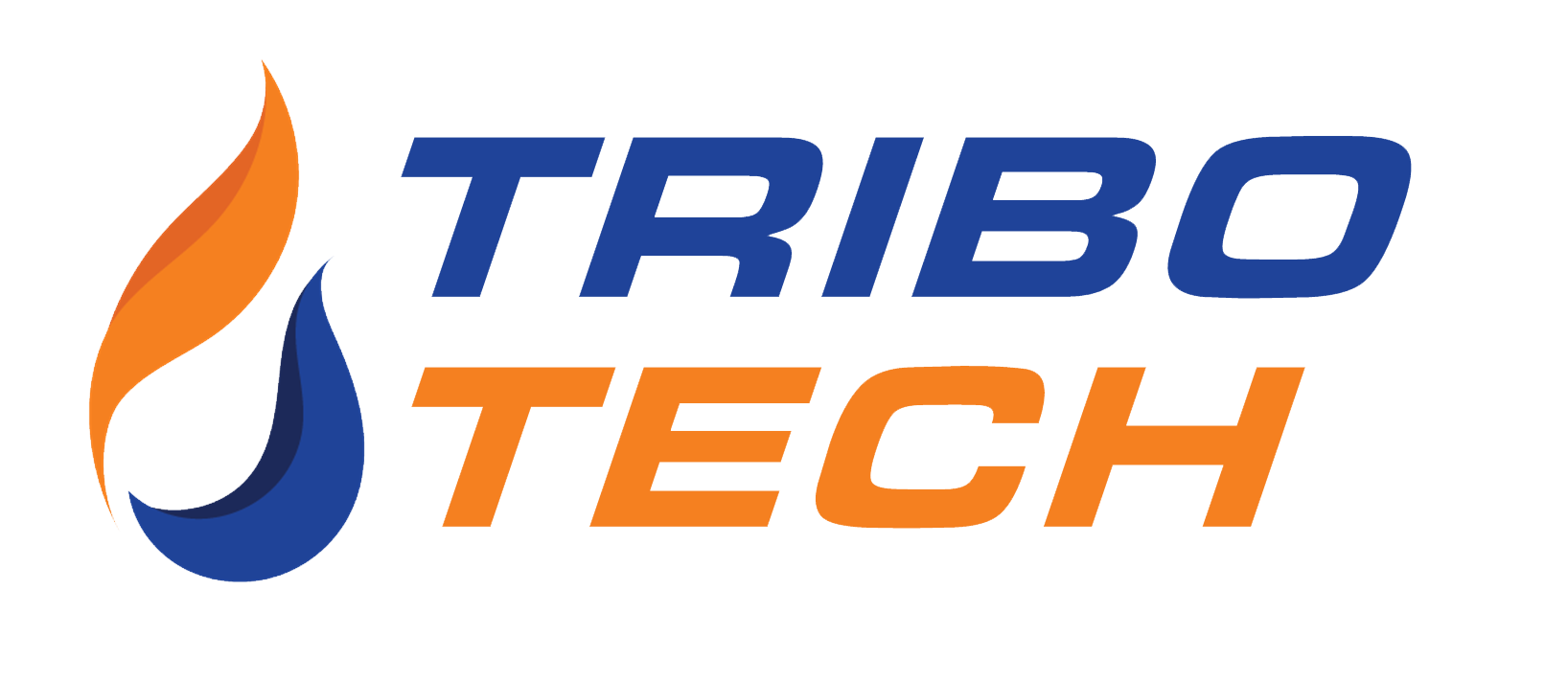Greases – February 2019, Vol 1 Issue 1
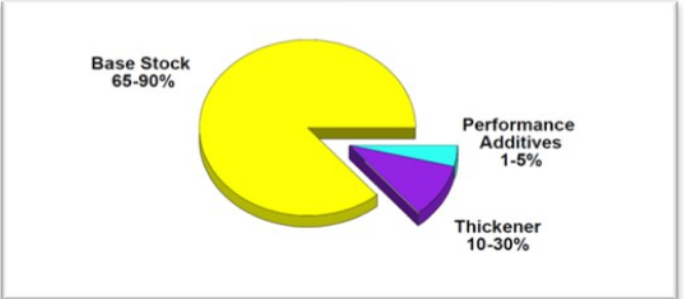
Greases Basics The American Society for Testing and Materials (ASTM) defines lubricating grease as: “A solid to semifluid product of dispersion of a thickening agent in liquid lubricant. Other ingredients imparting special properties may be included” (ASTM D 288, Standard Definitions of Terms Relating to Petroleum). Grease Anatomy Essentially there are three components that form […]
Greases – March 2019, Vol 1 Issue 2
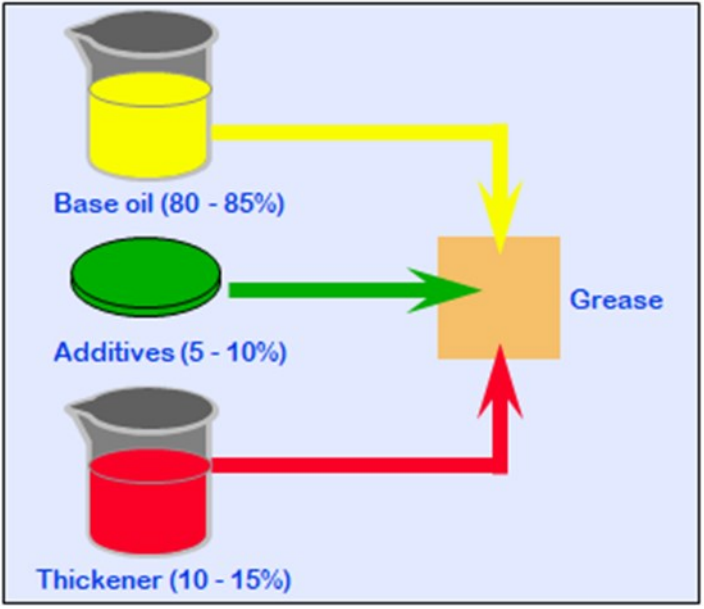
In our last Newsletter we discussed the composition of greases. We recognised that greases are composed of a mixture of base oil/additives and thickener in the quantities as seen below. By using different kinds of metallic compounds (thickeners) and fats and varying the method of manufacturing, many different types of grease can be produced, each […]
Fire-Resistant Hydraulic Fluid – January 2020, Vol 2 Issue 1
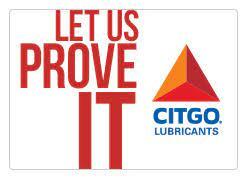
Over the Christmas vacation it was mentioned that a fire occurred on one of our country’s oil platforms. Fortunately this was not a major incident and the fire was quickly contained. However, these are real issues that can occur and lead to disastrous situations. In this regard, we would like to briefly speak about Fire […]
Effective Coolant Analysis – Vol 2 Issue 3
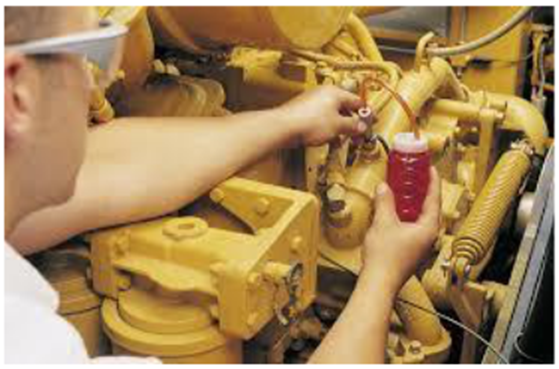
In the offshore industry diesel and gas generators are significant components. On these systems the use of oil analysis as a condition monitoring tool is indispensable. However, little importance is paid to the cooling system although more than 50% of engine failures actually begin in the cooling system. This is unfortunate – Cooling system problems […]
How to Select a Coolant Component Type? – Vol 2 Issue 4
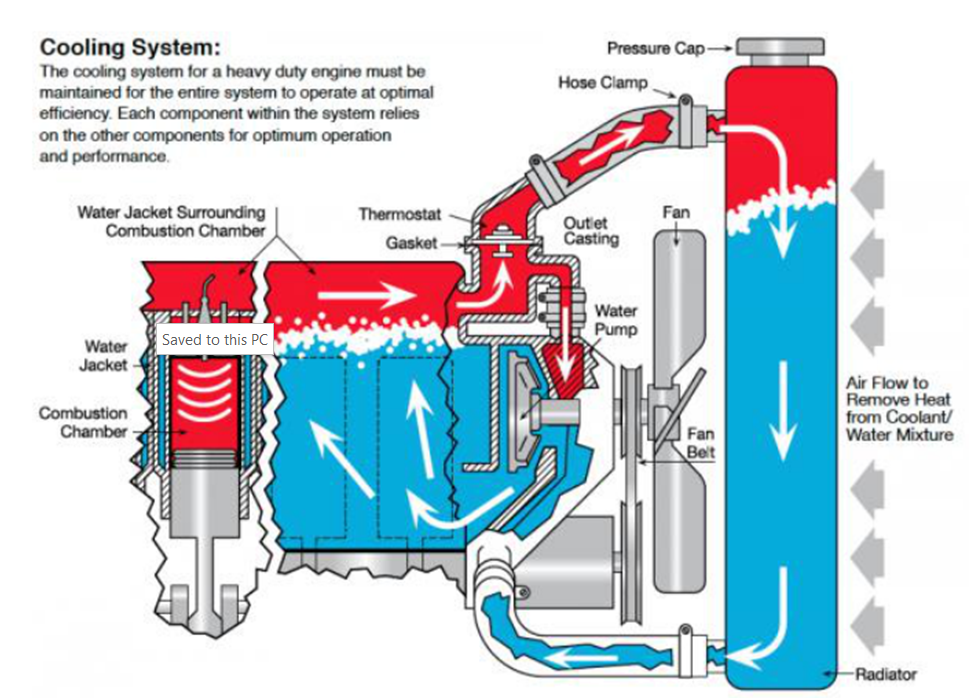
There are many different formulations of coolant. Ideally one should not mix coolants due to the fact that there may be compatibility issues. Therefore, choosing the right coolant to start with is very important. Below are five quick steps for selecting the proper coolant formulation. This approach should keep your cooling systems free of coolant […]
Conventional Coolants vs Extended Life Coolants – Vol 2 Issue 5

Extended life coolant (ELC) is a long service life coolant based on organic acid technology (OAT). In contrast, conventional coolants use inorganic phosphate or silicate based corrosion inhibitors. Several reasons why ELC coolants are preferred over conventional coolants include: Extended Service Life This is due to the mechanism of corrosion protection. In conventional coolants, inorganic […]
Varnish – Vol 2 Issue 6

What is Varnish? Varnish and Sludge are generic names for the products of lubricant degradation. This also includes the by-products of additive depletion. How is Varnish formed? The main mechanisms of Varnish formation are: Bulk Oil Oxidation Oxidation causes degradation of the oil over time. At mild operating conditions and in a clean environment, oxidation […]
Varnish – MPC Test – Vol 2 Issue 7
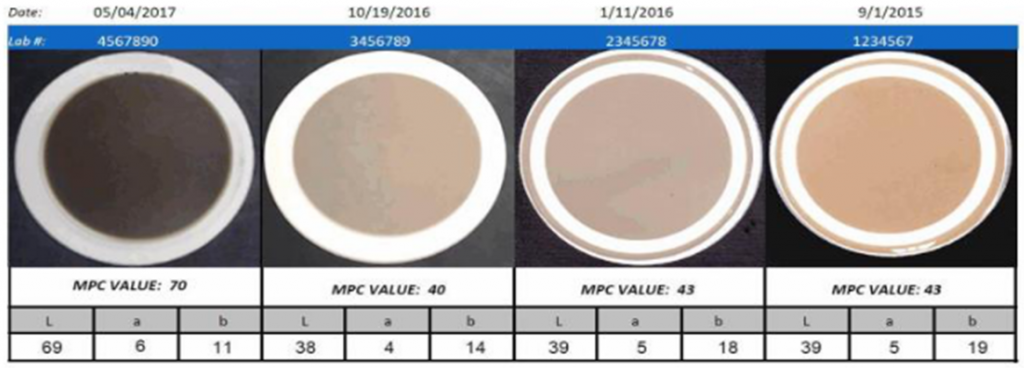
Varnish Testing – The MPC Test In the last issue of our technical bulletin, we discussed the causes and impacts of varnishing on lubrication systems. Lubricating oils, particularly in gas turbines and hydraulic systems, are highly susceptible to the detrimental effects of varnishing. By measuring the level of insolubles present in a lubricant, informed decisions […]
Varnish Detection II – Vol 2 Issue 8

In the last issue of our technical bulletin, we discussed the Membrane Patch Calorimetry (MPC) test, one of the most common tests for varnish potential. In this issue, we will discuss the Quantitative Spectrophotometric Analysis (QSA) and Ultracentrifuge tests. The Quantitative Spectrophotometric Analysis (QSA) Test Apart from the MPC test, the most common varnish detection […]
Wire Rope Lubrication – Vol 2 Issue 9

Wire ropes are common mechanical devices used for supporting or lifting loads in applications such as cranes and pulleys, winches, mooring lines, elevators and suspension bridges. It comprises of continuous wire strands wound around a central core. Each wire strand is made up of two or more wires wound around a center wire. There is […]
